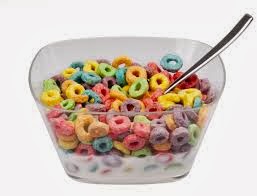
I am a medical doctor, Specialist in Endocrinology & Metabolism, a Diplomate of the American Board of Obesity Medicine, and a Clinical Lecturer at the University of Calgary, Canada. After completing my training as an Endocrinologist in 2005 at the University of Calgary, I have worked in Calgary, at the Royal University Hospital in Saskatchewan, and at the University of Copenhagen in Denmark. I have a busy clinical practice at C-ENDO Diabetes and Endocrinology Clinic in Calgary, caring for patients with diabetes, obesity, thyroid, and other hormone issues. I am also involved in clinical research in diabetes and obesity. I am the lead author of the 2020 and 2022 Pharmacotherapy Chapters of the Canadian Obesity Clinical Practice Guidelines, and a member of the Expert Committee for the Diabetes Canada Clinical Practice Guidelines as an author on the Weight Management chapter. I am passionate, enthusiastic, and driven to help conquer the stigma against obesity; educate health care professionals and the public about obesity and diabetes; and to help us become a healthier society!
